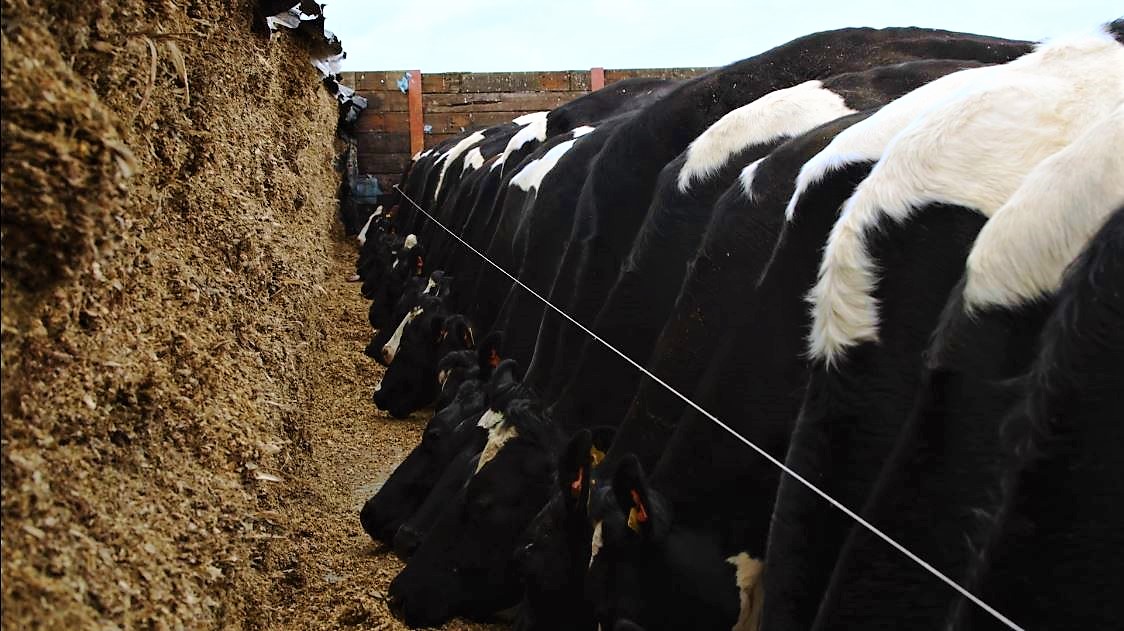- Home
- Knowledge library
- Consider self-feed silage this season
Consider self-feed silage this season
Self-feeding silage saves labour, power and machinery costs while delivering a simple, sustainable way to get forage into cows by just moving an electric wire once a day.
First developed in the 1950s, self-feed had a 1970s revival and today is increasingly being seen as the cost-effective winter-feeding method for autumn block-calving herds.
As well as the obvious financial benefits, extra protein concentrate can be mixed in with grass during ensiling. The only machinery you need is an 80hp tractor with a front-end loader, plus a scraper on the back. The setup also provides a great loafing area for cows bulling and heat detection.
Today’s clamp construction allows for larger herds, but also needs to account for changing environmental legislation. As well as the correct slope to prevent slurry running into the silage face, siting the face to avoid excess rain or sun, and ensuring full effluent drainage, self-feed clamps (whether new or retrofit) must also consider ammonia emissions and rainwater harvesting.
Modern electric fencing kit means that the silage face wire is charged by battery or solar fencer, not mains electricity, which makes it easier to encourage cows to eat. However, to ensure success, it’s important to train youngstock onto a self-feed system as they grow.
For more information to help you get started, AHDB has produced six films that take you through the basics of self-feeding silage, from the business case to training heifers and daily management:


